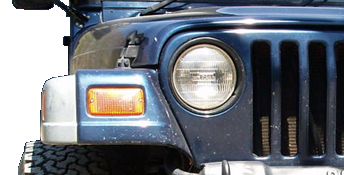McCracken
Logan Can't See This
- Joined
- Jul 9, 2005
Mind telling me what were the signs of failure. I'm afraid mine might be giving up the ghost.Swapped a new rear in my MIL John Deere rider today. That was one of the easiest jobs I've ever done. She decided she would rather fix hers than buy someone else's problem.
View attachment 399885

